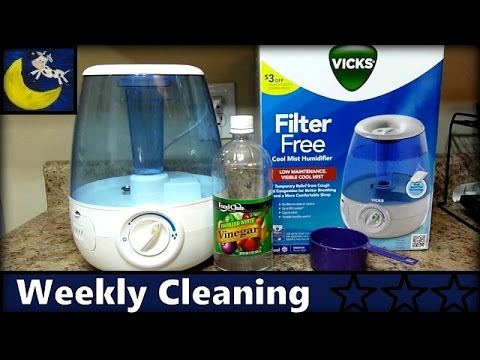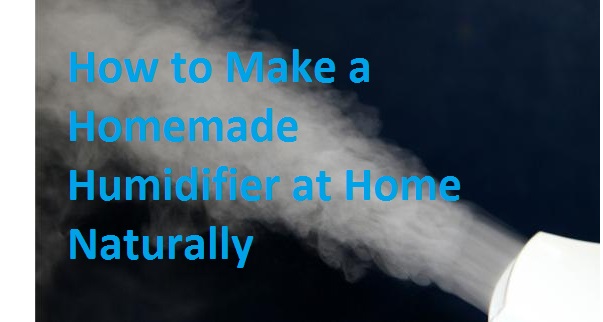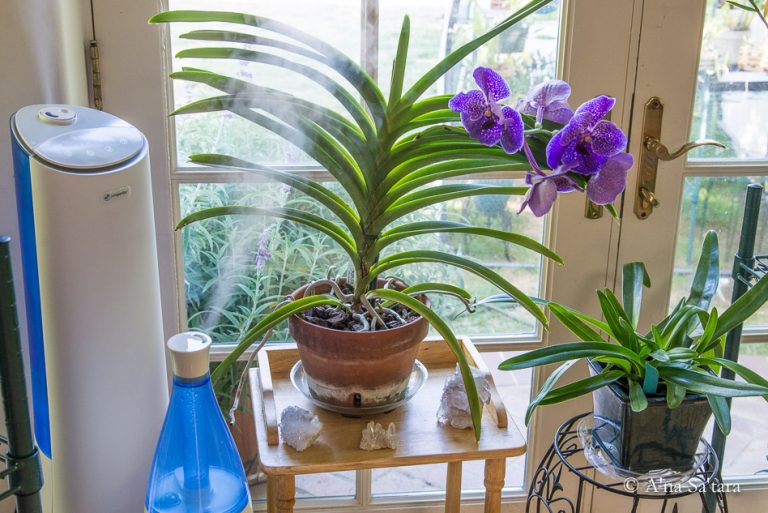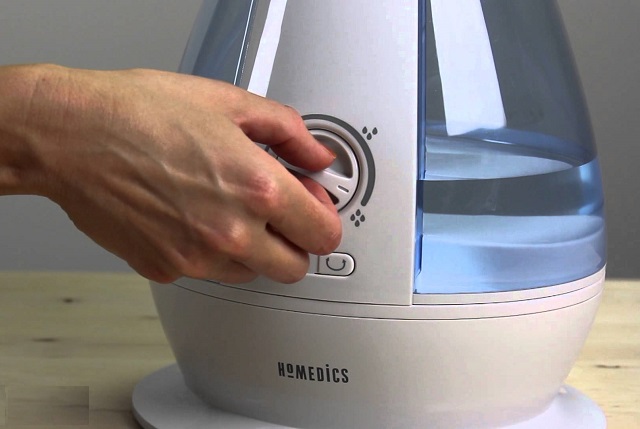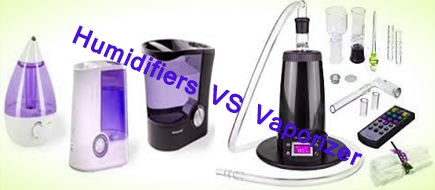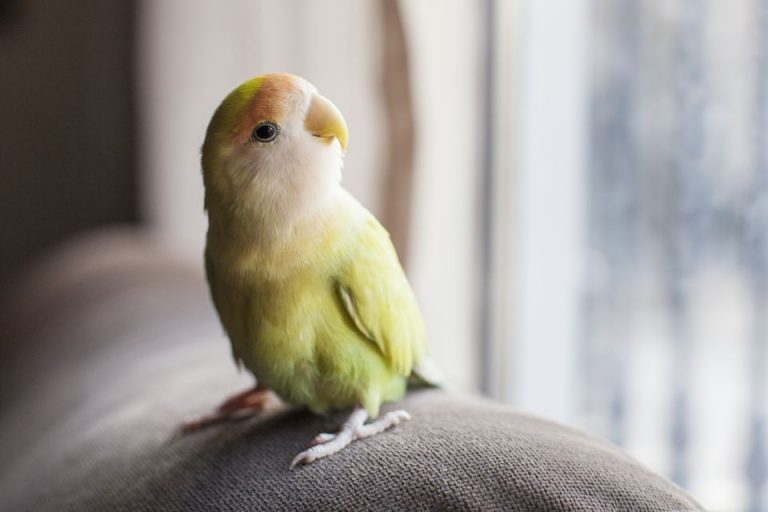Humidifier Cleaning Frequency Guide: Stay Mold-Free
Keeping my humidifier clean is crucial for both my health and the device’s longevity, but I’ve often wondered just how frequently I should be tackling this chore. It’s not just about preventing mold and bacteria growth; it’s also about ensuring the air I breathe is as fresh as possible.
In this article, I’ll dive into the recommended cleaning schedules for various types of humidifiers and share some tips to make the process easier and more effective. Whether you’re a new humidifier owner or looking to refine your maintenance routine, you’ll find valuable insights to keep your humidifier in tip-top shape.
Why Cleaning Your Humidifier is Important
Maintaining a clean humidifier is crucial for a number of reasons. When I neglect my humidifier, I’m inviting a host of problems, not just for the device, but for my health as well. Bacteria and mold can thrive in the moist environment of a humidifier’s reservoir and can then be distributed into the air I breathe. This can potentially lead to respiratory infections or aggravate allergies and asthma.
Beyond health concerns, regular cleaning extends the lifespan of the humidifier. Tap water often contains minerals that can build up and form scale or deposits within the device. Over time, these deposits can cause parts to malfunction or lead to a complete breakdown. I’ve learned that even if I don’t notice an immediate change in performance, the unseen buildup can be slowly compromising the efficiency of my humidifier.
Furthermore, the cleanliness of my humidifier directly impacts the quality of air in my home. A dirty humidifier can emit unpleasant odors and reduce the overall freshness of the air. If I’m using the humidifier to alleviate dry skin or preserve wooden furniture, I won’t see the full benefit unless it’s clean since the impurities in the water vapor could actually contribute to further damage instead of protection.
To combat these issues, establishing a regular cleaning schedule based on the type of humidifier I own is imperative. Ultrasonic and evaporative humidifiers tend to require more frequent cleaning due to their mechanisms of operation. However, the exact frequency depends on the usage and the manufacturer’s recommendations. I always refer to the user manual for my specific model to get tailored advice. Cleaning, when done properly, doesn’t just address immediate concerns; it also prevents long-term problems, ensuring that the air I breathe is as pure as possible.
Types of Humidifiers and Their Cleaning Needs
When I think about maintaining my humidifier, I know the frequency of cleaning heavily depends on the type of humidifier I own. Let’s break down the main types and their specific cleaning requirements.
Ultrasonic Humidifiers
Ultrasonic humidifiers produce a fine mist using ultrasonic vibrations. These are popular for their quiet operation. However, they’re known for leaving a white dust composed of minerals if used with tap water. For these, I tend to follow a bi-weekly cleaning routine, especially since the mist can disperse the minerals into the air.
- For daily maintenance, emptying and drying the tank is essential
- A deeper clean with a mild disinfectant should be done every other week
Evaporative Humidifiers
These use a wick filter to absorb water and a fan to evaporate it into the air. Since the wick filter can become a breeding ground for microbes, it’s crucial to replace the filter every 1-2 months, depending on usage.
- Weekly cleaning of the water tank is a must
- The fan and area around the filter need regular dusting
Steam Vaporizers
Steam vaporizers, or warm mist humidifiers, boil water to create steam. While the boiling process kills most germs, it doesn’t prevent mineral buildup, which is common in areas with hard water.
- A thorough cleaning once a week helps keep it in top shape
- Rinse and dry daily to prevent mineral deposits and buildup
Central Humidifiers
Installed as part of home heating and cooling systems, central humidifiers are the most hands-off. They typically require less frequent cleaning since they connect to the home’s water system.
- A check and clean twice a year, usually before and after the peak season, is advisable
- Monitoring for any mold growth is necessary due to constant water flow
Knowing my humidifier type is crucial for setting up a fitting cleaning schedule. Taking these steps ensures I’m breathing cleaner air and my device runs efficiently for years to come. Remembering that clean humidifiers function better and last longer, I’m motivated to keep up with the maintenance needed for my specific device.
General Cleaning Guidelines for Humidifiers
Maintaining a clean humidifier is critical for both your health and the longevity of your device. I’ve discovered that regardless of the type of humidifier, regular cleaning is non-negotiable to prevent mold and bacteria growth. I’ll walk you through some essential steps that apply to all humidifiers to keep them in top-working condition.
Firstly, always unplug your humidifier before beginning any cleaning process. Safety’s important! Empty the water tank and disassemble the parts that come into direct contact with water daily. These components are hotspots for microbial growth, so wipe them down using a soft cloth and a gentle cleanser such as a mixture of equal parts water and white vinegar or a manufacturer-approved disinfectant.
About once a week, perform a more thorough cleaning of the entire unit. For this, submerge the water tank and any washable components in your cleaning solution. After soaking for at least 30 minutes, scrub all surfaces with a brush specifically designed to reach into crevices where bacteria can hide. Rinse these parts thoroughly with clean water and allow them to air dry completely before reassembling.
Don’t forget the base of the humidifier, where water tends to sit. A damp environment can lead to scale and mineral buildup, especially in areas with hard water. To tackle this, apply your cleaning solution directly to the areas affected by buildup and let it sit for a few minutes before scrubbing.
For optimal performance, I also replace parts such as filters and cartridges according to the manufacturer’s instructions. Proper maintenance doesn’t only prolong the life of your humidifier but also ensures that the air you breathe is clean and safe.
| Maintenance Task | Frequency |
|---|---|
| Wipe down daily parts | Daily |
| Thorough cleaning | Weekly |
| Replace filters | As per manufacturer |
| Check for mineral build up | Weekly to Monthly |
Remember, tailored cleaning protocols for your specific humidifier model will greatly enhance these general guidelines. Always consult your user manual for model-specific maintenance advice. By staying diligent with these cleaning habits, I ensure that my humidifier works effectively without becoming a source of contamination.
How Often Should You Clean Your Humidifier?
Keeping your humidifier clean is critical for both your health and the longevity of the appliance. I always advocate for a proactive approach to humidifier maintenance. At a minimum, you should aim to clean your humidifier once a week, regardless of the type or model. This regular cleaning helps to prevent the build-up of minerals and bacteria that can be dispersed into the air and potentially cause health issues.
However, frequency can vary depending on several factors including the type of water you use and the environment where the humidifier operates. If you’re using tap water, which is more likely to contain minerals that can create deposits inside the humidifier and foster bacterial growth, you might need to clean it more often. Additionally, if the humidifier is in constant use, such as during the dry winter months or if someone in your household suffers from respiratory issues, increasing the cleaning frequency can be beneficial.
Here’s a quick reference for cleaning frequency:
- Weekly Cleaning: Rinse out the tank with warm water and wipe down the exterior with a damp cloth.
- Bi-weekly Vinegar Soak: Disinfect with a mixture of white vinegar and water to remove any mineral deposits.
- Monthly Deep Cleaning: Disassemble the humidifier for a thorough cleaning with a bleach solution or a disinfectant specifically designed for humidifiers.
For those who utilize their humidifier less frequently, it’s still essential to perform a deep clean before storing it for an extended period. Before and after long-term storage, make sure to give it a thorough cleaning to prevent any mold or mildew from taking hold during the times of inactivity.
Remember that these are general guidelines; your humidifier’s manufacturer may have specific recommendations for your model. Regular replacement of filters and cartridges, if applicable, is also crucial and should be done according to the manufacturer’s instructions to ensure the unit’s optimal performance and to safeguard your air quality.
Tips for Easier and More Effective Cleaning
Maintaining a clean humidifier is crucial for both your health and the longevity of the device. I’ve found some strategies that make cleaning less of a chore and more effective. Here are my personal tips to keep your humidifier in top-notch condition.
Preventive Maintenance Goes a Long Way\
I always recommend starting with preventive measures. Rinsing the tank after each use and allowing it to air dry can tremendously reduce build-up. This takes a minute but saves you a lot more scrubbing later on.
Use Demineralized Water for Less Build-Up\
I use demineralized or distilled water in my humidifier to minimize mineral deposits. Tap water often contains minerals that can create buildup inside your humidifier and promote bacterial growth. Although demineralized water isn’t always practical for everyone, it does cut down on cleaning frequency and effort.
Disassemble Parts Carefully\
It might seem obvious, but disassembling your humidifier according to the manufacturer’s guidelines is a step you shouldn’t rush. I ensure that I’m removing filters and any other parts that aren’t meant to be submerged in water before beginning my cleaning routine.
Invest in the Right Tools and Cleaners\
Having the right tools on hand makes a significant difference. I keep a soft-bristle brush specifically for cleaning my humidifier, and I avoid harsh chemicals. Usually, a mixture of water and white vinegar does the trick to disinfect and remove any stubborn deposits.
Weekly and Monthly Cleaning Reminder
To simplify the cleaning process, I set reminders for both weekly rinses and the monthly deep-clean. It’s way too easy to forget when life gets busy, so a prompt on my phone ensures I’m always on schedule.
Keep Replacement Filters on Hand\
One final tip I follow: always have extra filters ready. When cleaning time comes, replacing a worn-out filter immediately means one less thing to worry about later.
By making these tips part of my routine, I’ve found that cleaning my humidifier becomes an efficient, hassle-free process. Keeping these best practices in mind ensures that I’m breathing in moist, clean air all year round.
Conclusion
Keeping my humidifier clean is essential for my health and the device’s longevity. I’ve learned that sticking to a regular cleaning routine not only prevents the growth of mold and bacteria but also ensures that my humidifier operates efficiently. By using the right tools and methods, I can easily incorporate these maintenance tasks into my schedule. Remembering to replace filters and cartridges as needed is just as important as the cleaning itself. With these practices in place, I’m confident that I can maintain a clean and functional humidifier, contributing to a healthier home environment.

